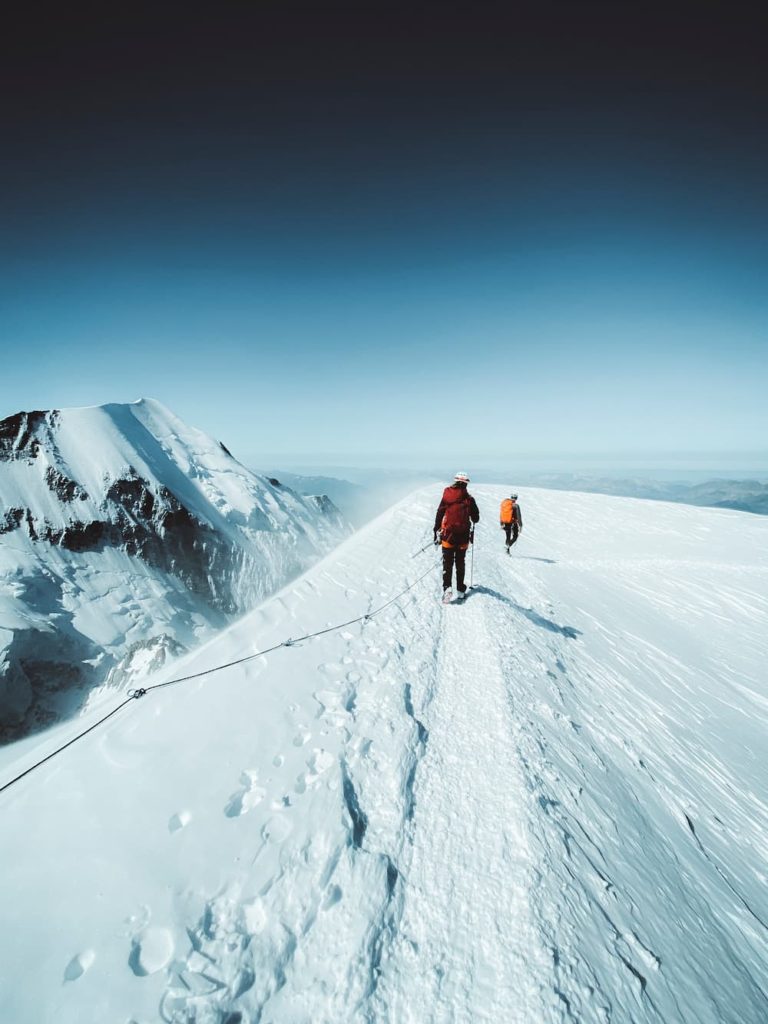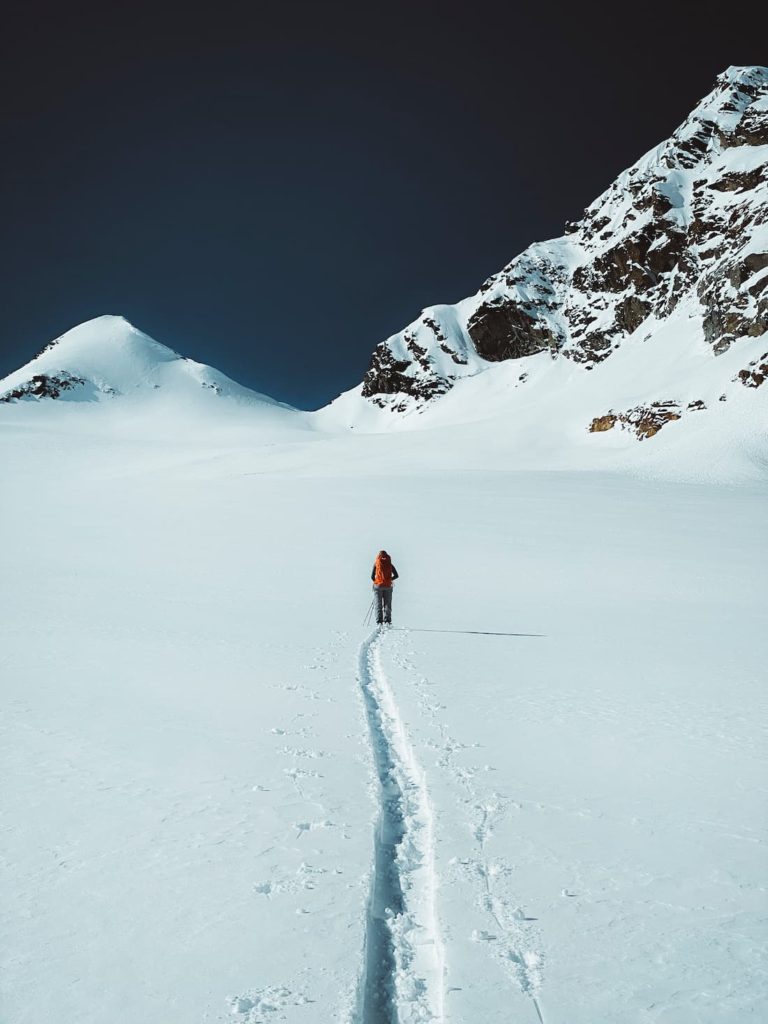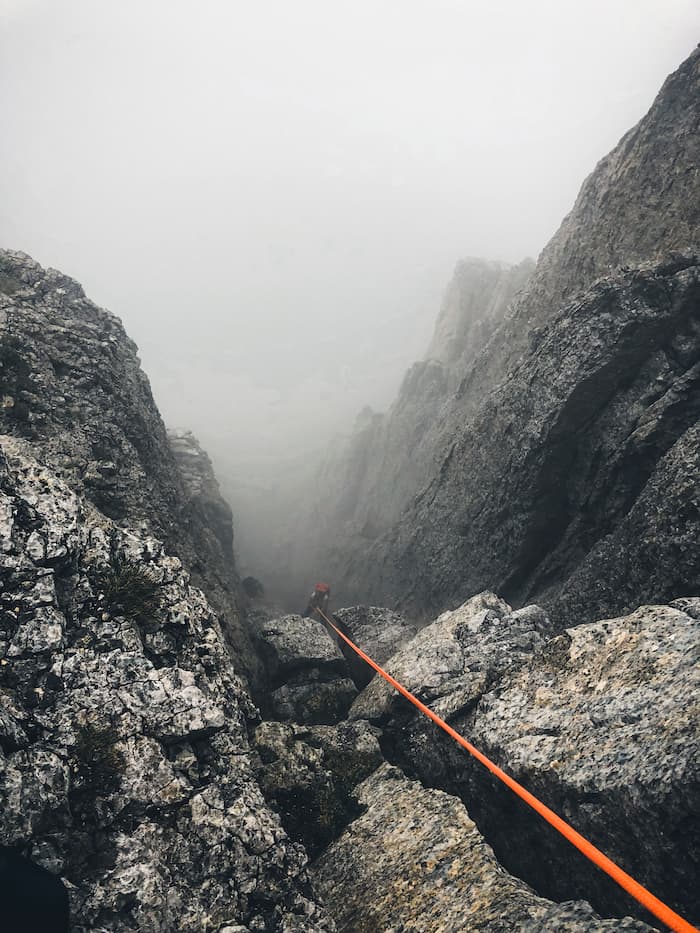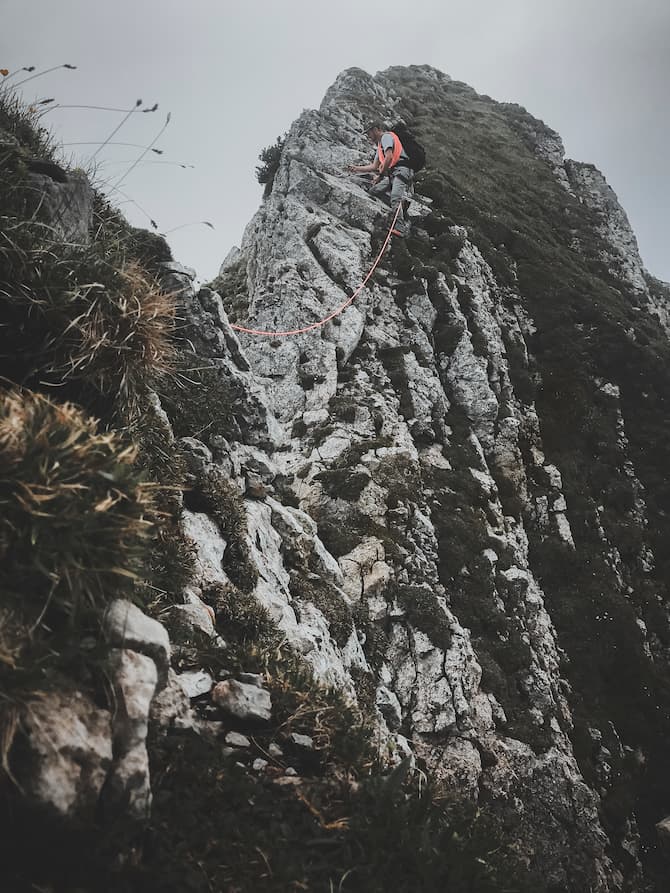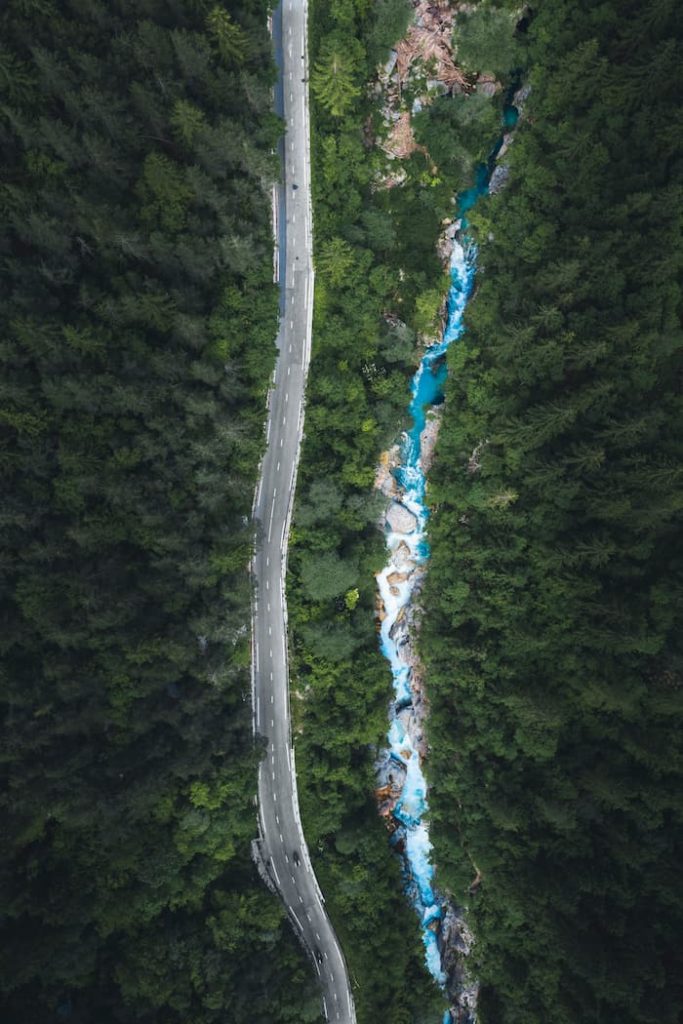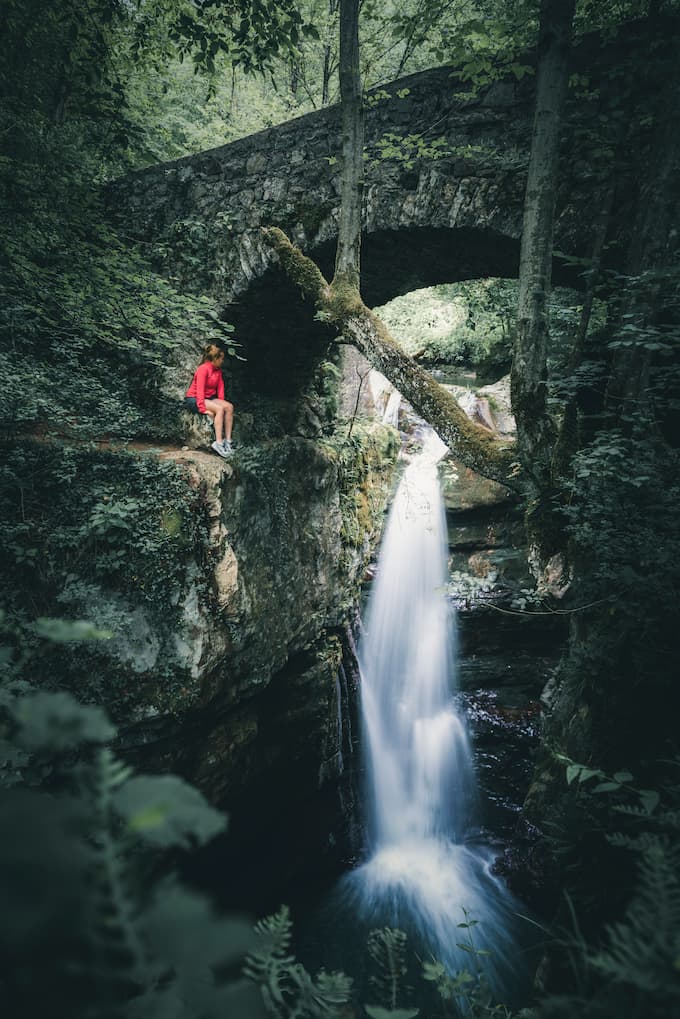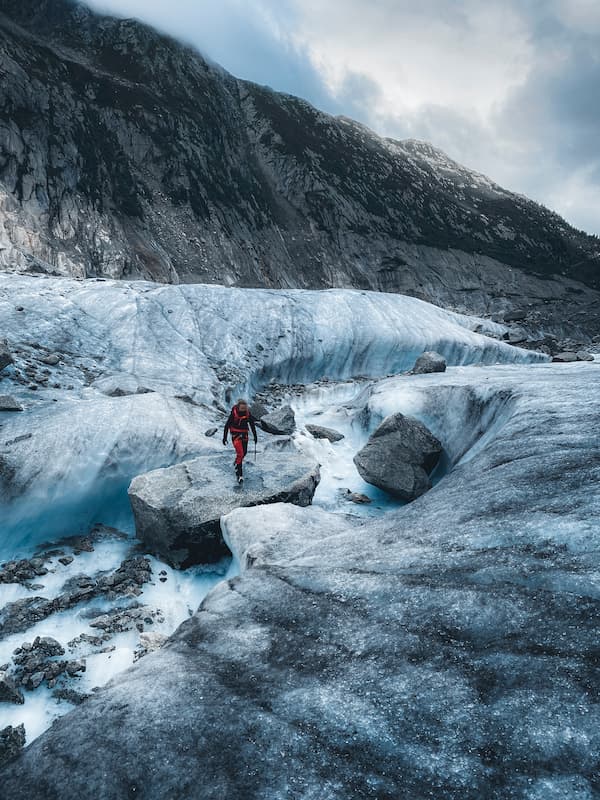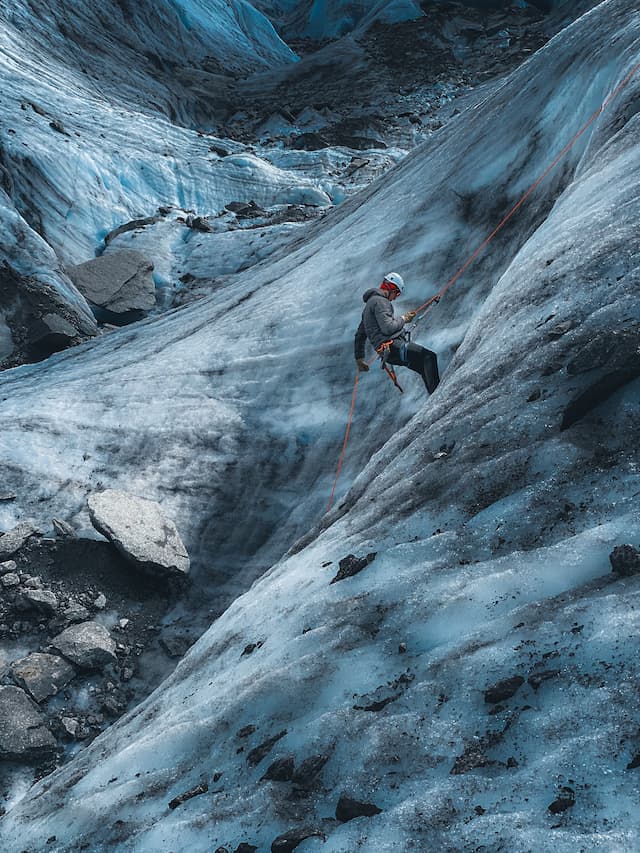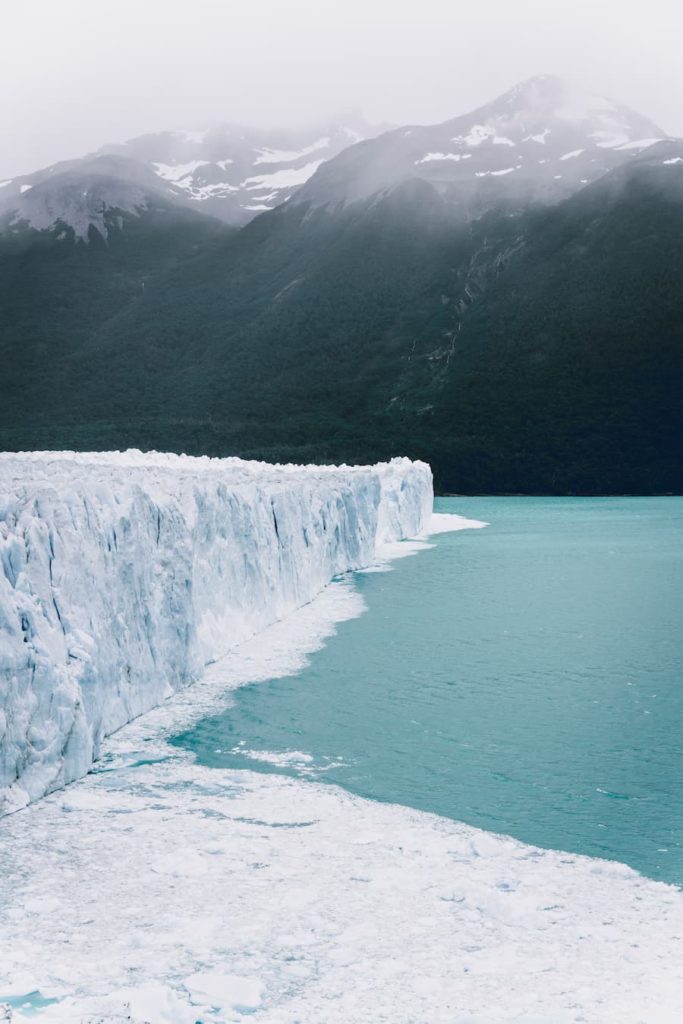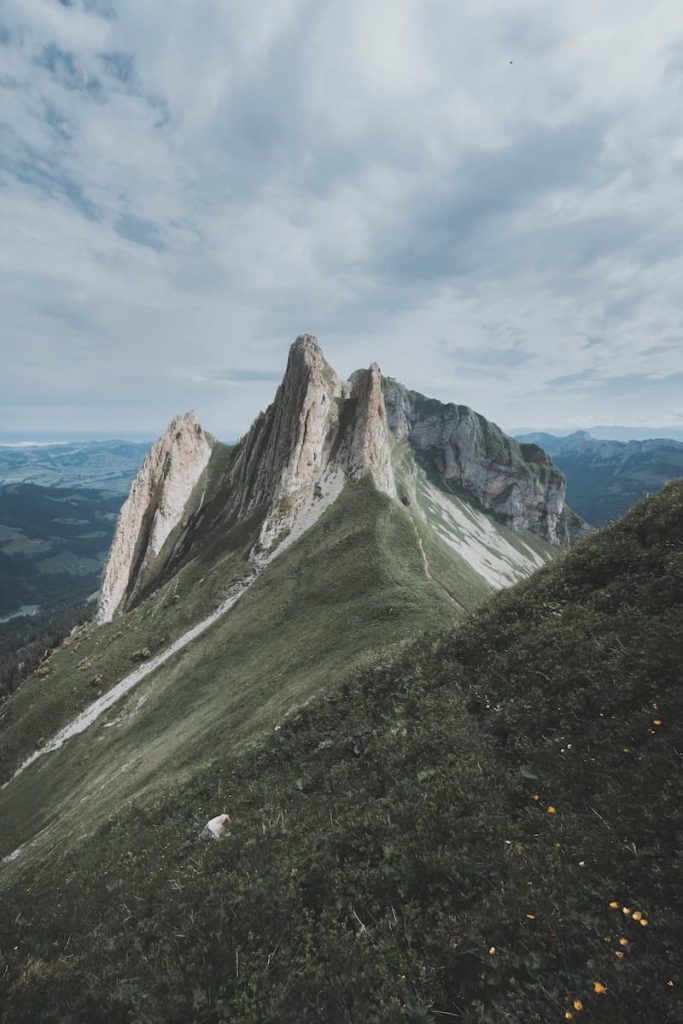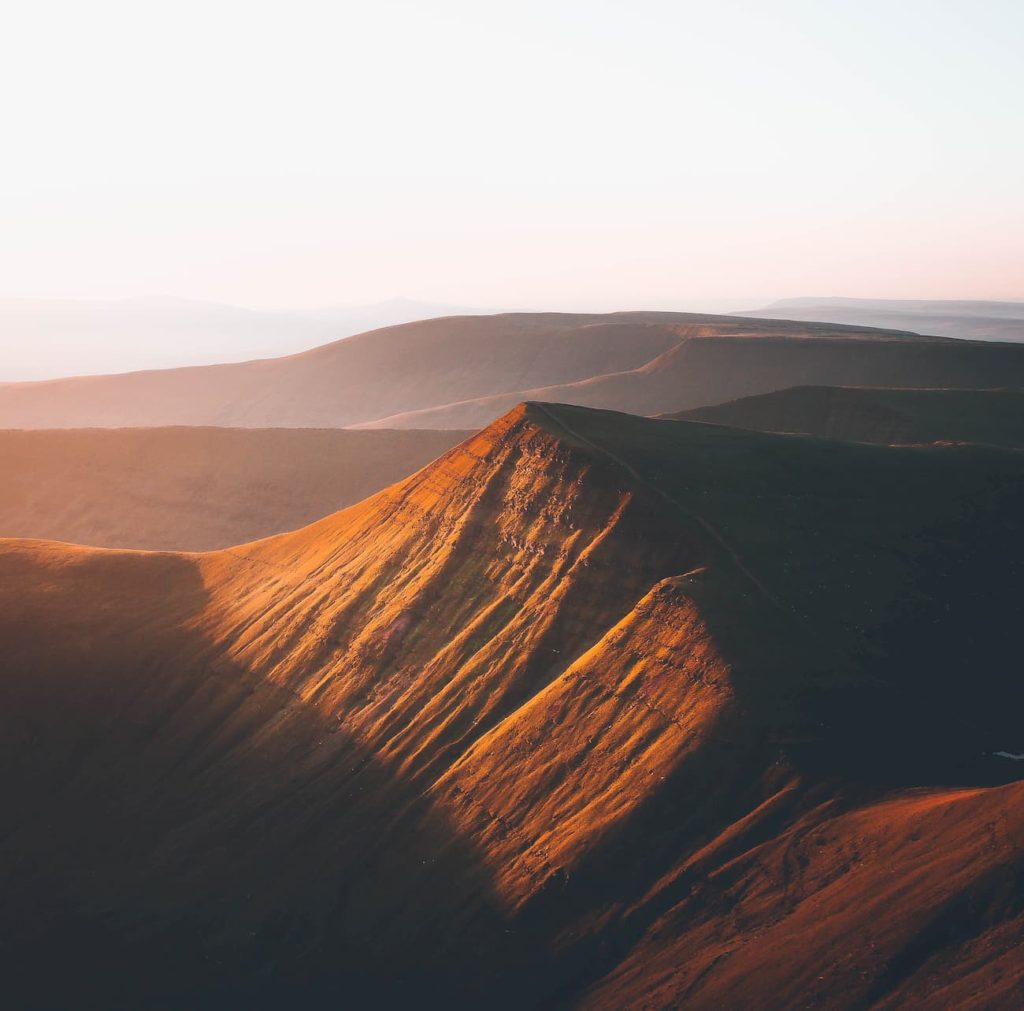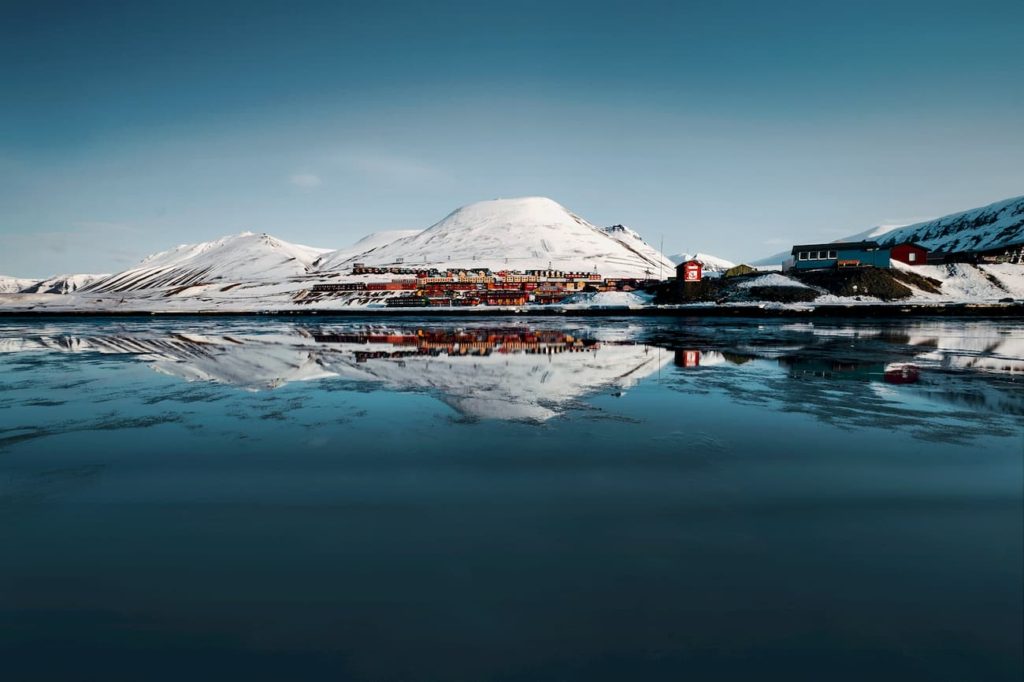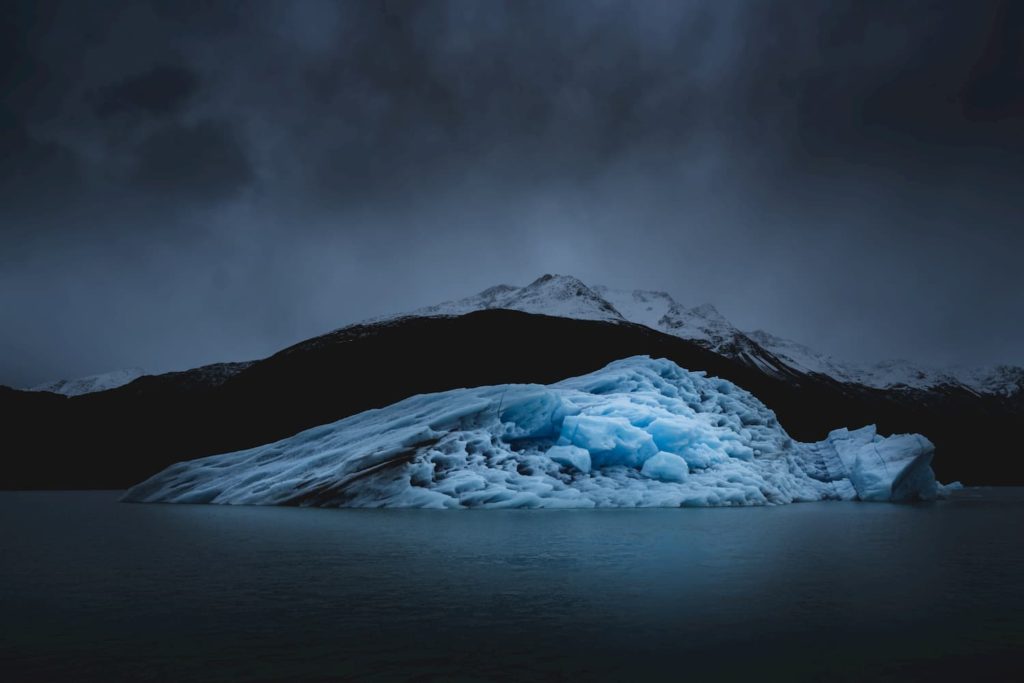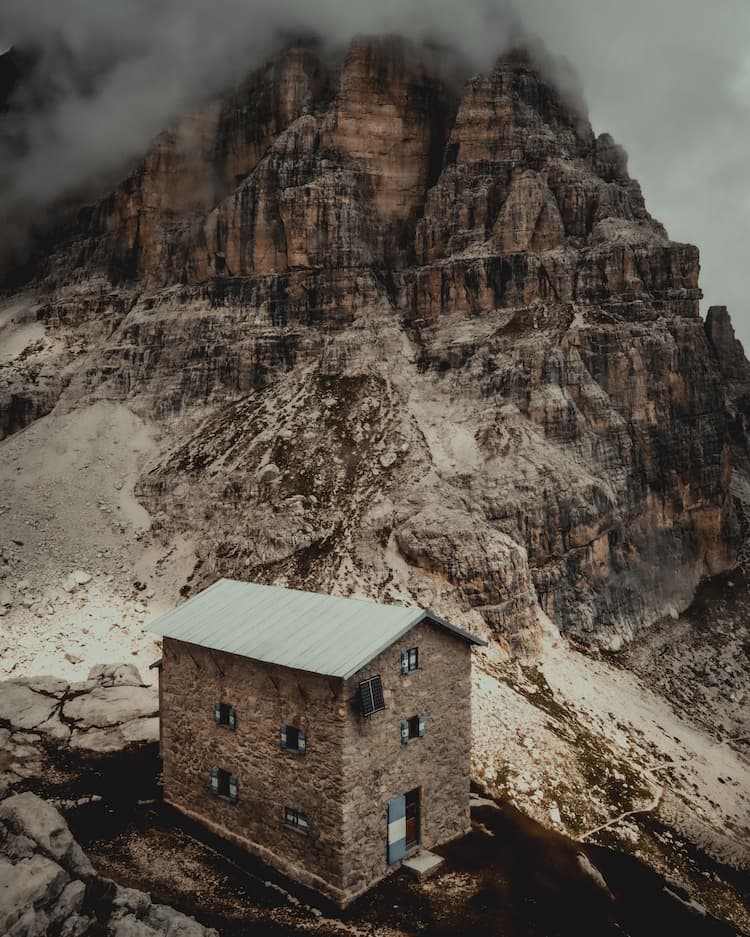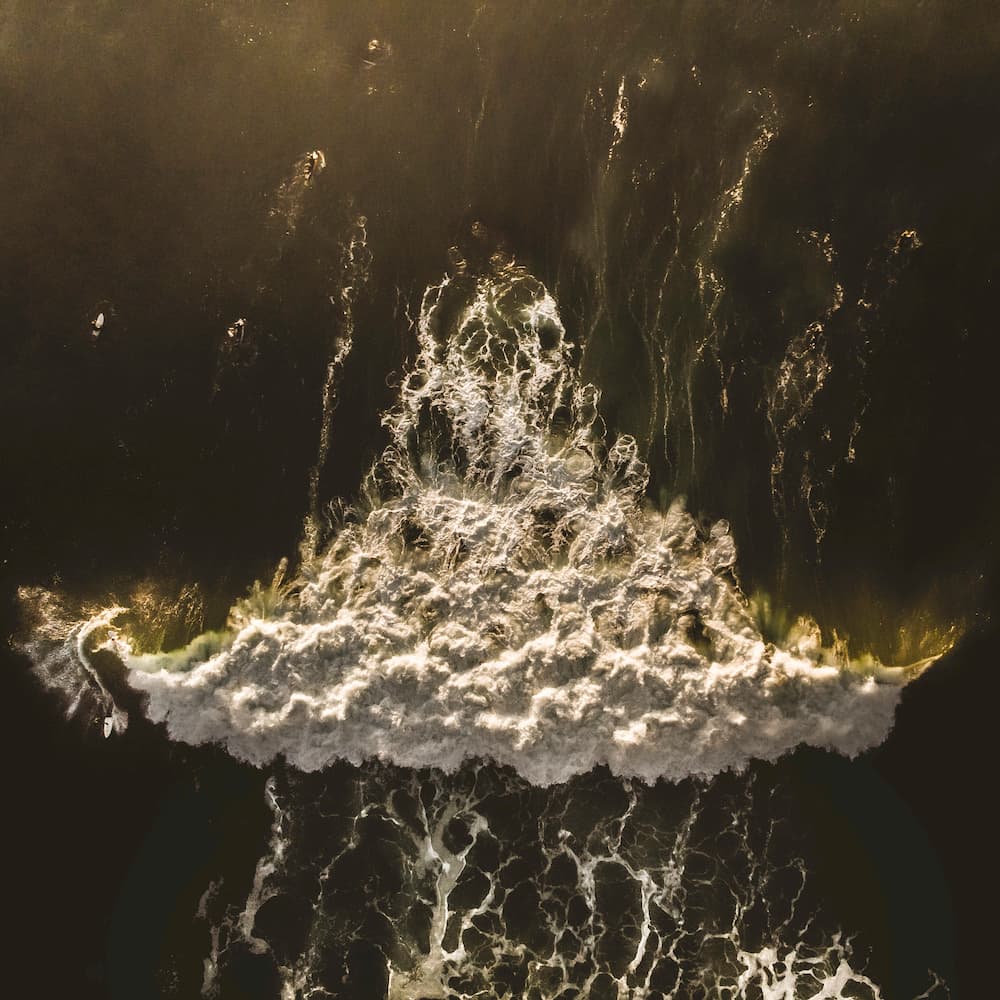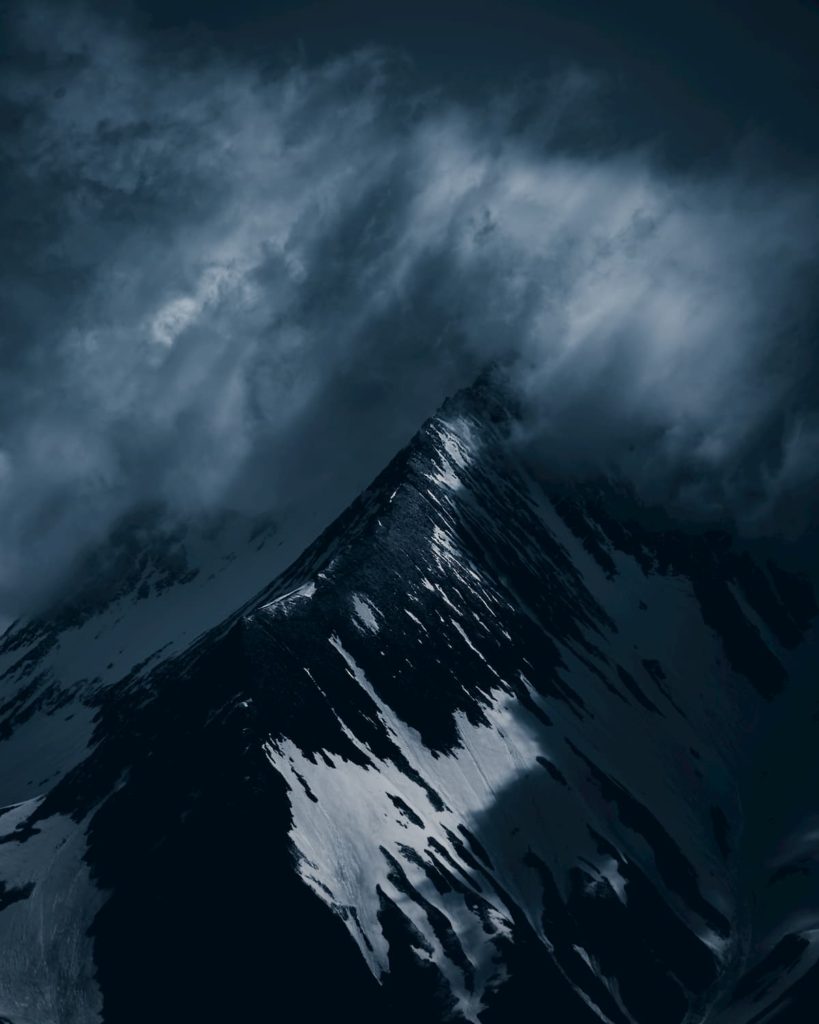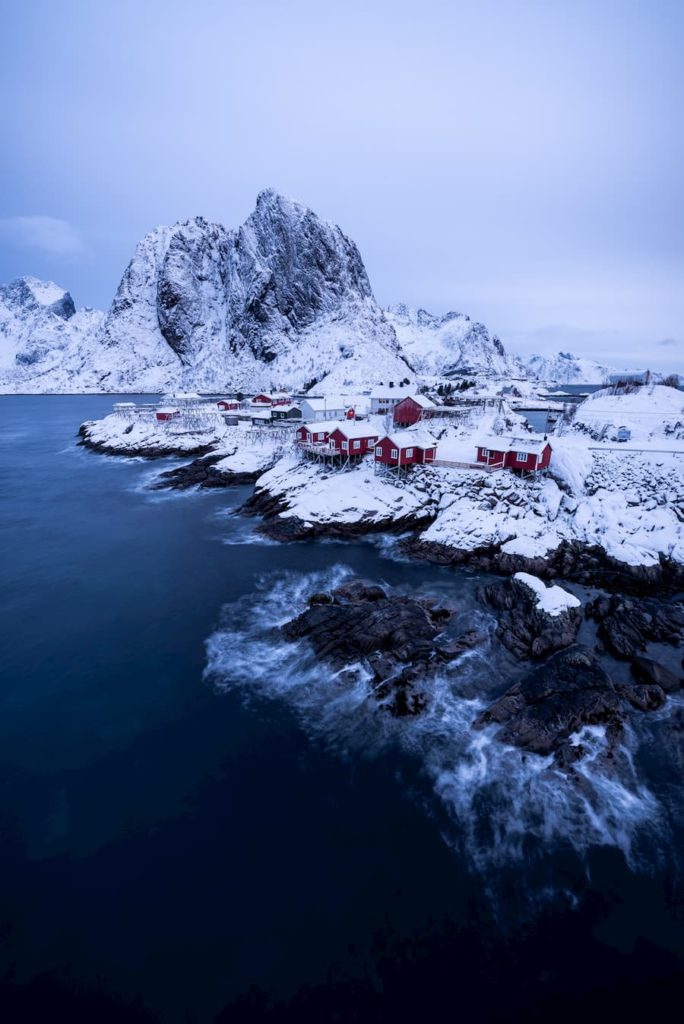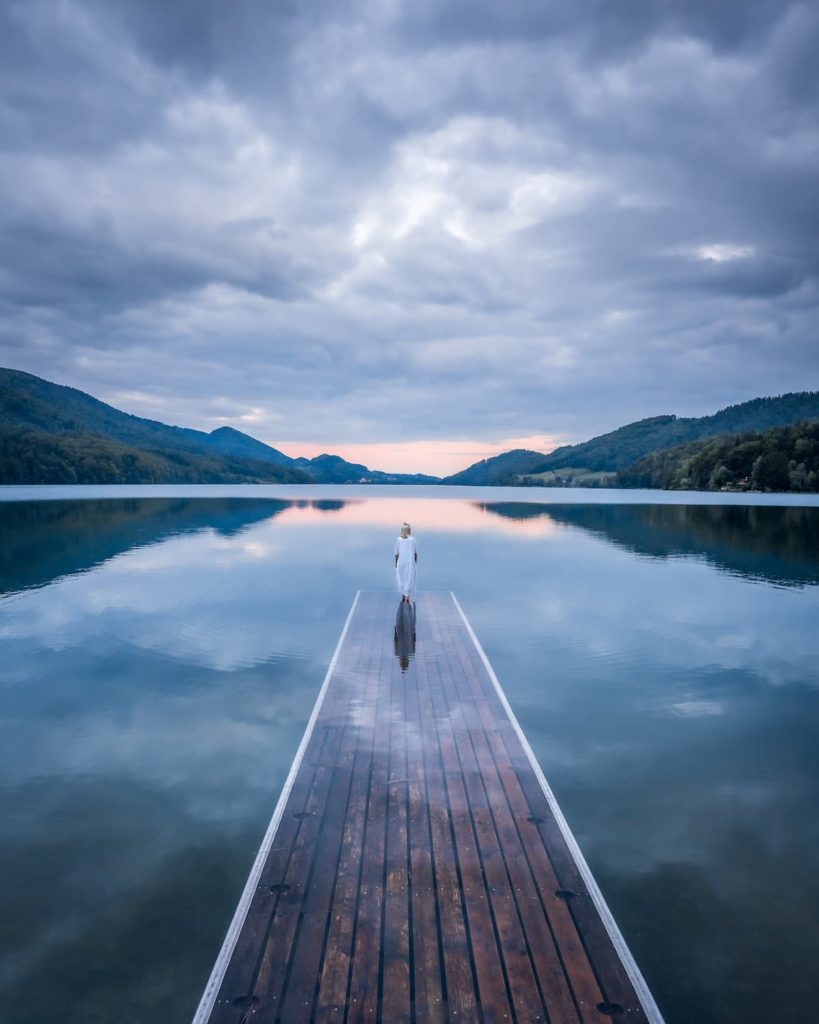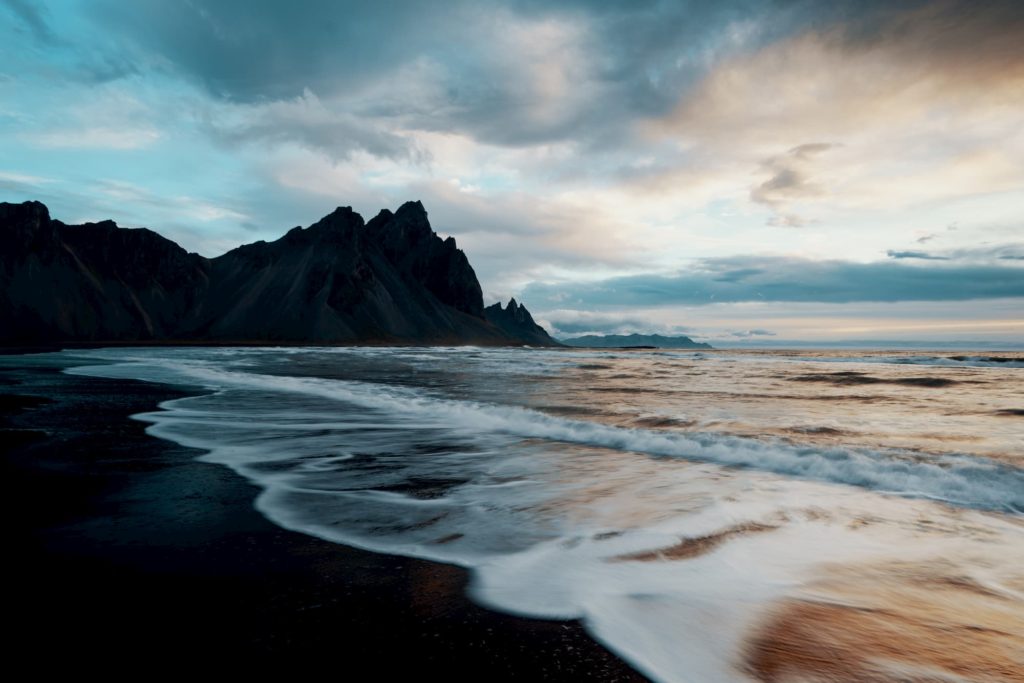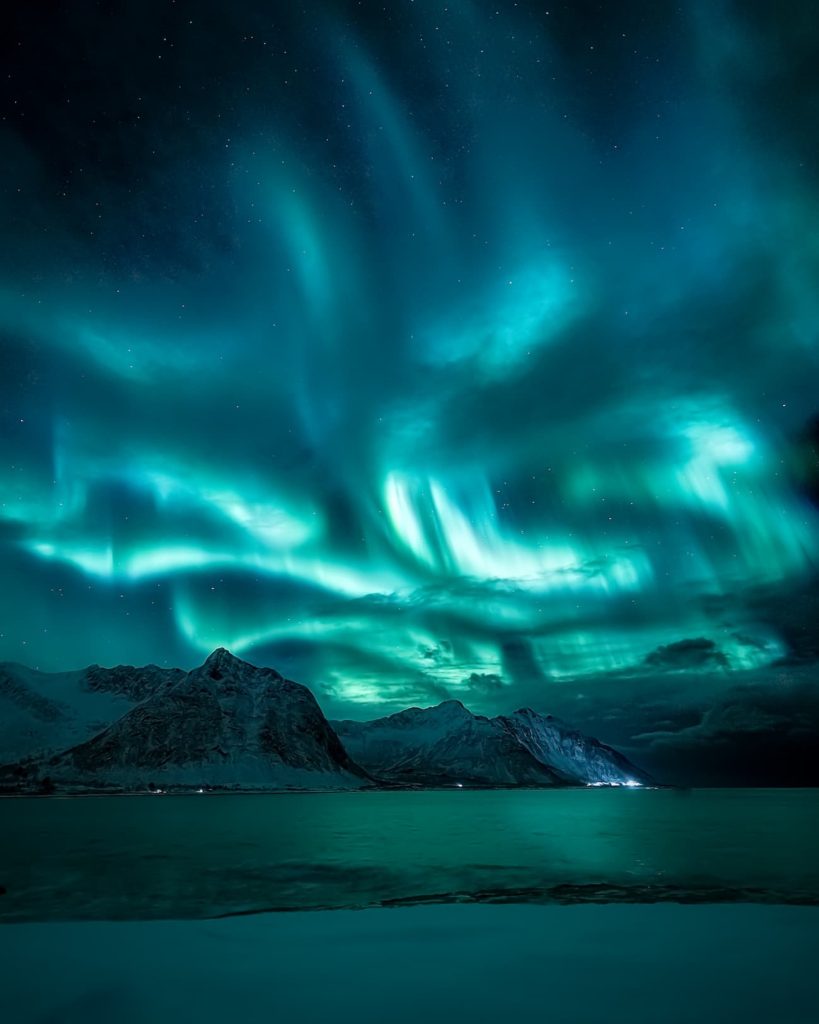
Markus Koch
@imarkuskoch
Landscape photographer based in Germany
Before I could even walk, my dad took me on his back to different mountainous landscapes. This is where my love for the alps and mountain areas, in general, was formed. I first picked up a camera around the time I became obsessed with mountain biking and dirt jumping. Most afternoons during my childhood were spent out in the woods with my friends on our bikes. I was the one out of all of us who would take some shots of us in action. This soon progressed to where I was taking my camera with me on all outdoor activities I’m involved in, like climbing and skiing.
"During this period, my photography developed further. My focus then switched from the photographing itself to the fantastic landscapes I was visiting."
I have family in Nevada, and it’s always been clear to me that this was one of the first destinations I would like to go to. The area’s diversity really captured my attention as there are colorful desserts, deep green forests, and unique red rock formations. Seeing these beautiful landscapes, I guess, is where my love of exploring different countries and cultures came from.
Photography, on the other hand, was always just a fun, expensive hobby for me. But there was a moment that changed this. It was the time I sold one of my images for the first time. Obviously, friends and family tell you your photos are excellent. But selling a print for the first time made me realize there are other people out there who like what I’m doing. This was the critical confirmation I needed to realize the path I’ve chosen was the correct one. Finding out I can pursue this passion as a career has had a significant impact on me.
Doing this as a career means I will be able to visit the places I adore the most and share this with the world. Two artists that inspire me particularly are Renan Ozturk and Ben Tibbetts, who combine exploration and high altitude mountaineering with storytelling through their images. It’s truly phenomenal! They go to places where 99,9% of humanity has not been, and rather than concentrating on themselves, they return with pictures and stories of those surreal environments.
"I love immersing myself in massive landscapes; the feeling of being tiny in overwhelming surroundings is something else."
Being in environments like those and taking the time to fully observe the landscape is key to my photography now. Initially, I started in sports photography, so I’m used to chaotic shooting circumstances and I want to learn to be patient, feel I can take in the moment and really watch what I shoot as the landscapes deserve to be contemplated.
When post processing, I always try to combine what I felt when taking the image with what I saw at that moment. Take my sunset image in Yosemite, for example. Those granite walls reflected the light while a thunderstorm was just rolling through the valley. At that moment, the moist air reflected the light, and a rainbow became visible. I really wanted to bring out these elements as how I experienced them, so I brought those warm tones out as well as the dark thunderstorm clouds.
"When I look at the final image and feel the emotion I felt when taking it, I know I've reached the sweet spot."
Another fascinating country I’ve been able to take photos of is Slovenia. Slovenia has incredible landscapes, and weirdly it’s not too well known yet by photographers. The alpine tours on offer there where you can go really high up in the mountains are excellent. Many alpine tours have to start early, so you’ll usually witness the most beautiful sunrise way higher up than you usually would. So the perfect formula, in my opinion, is alpine tours and landscape photography.
They also have the Soca valley, which is terrific for kayaking, but if you see the river’s colors and the small gorges, you know there is so much more to explore. There’s also an incredible hiking trail right next to it that crosses the river multiple times over those sketchy-looking bridges suspended only by rope. While it’s definitely a pleasure for the eye, it’s also amazing for your stomach! There’s an old farm next to the river that offers the best fresh fish I’ve eaten in ages. This is definitely not going to be my last trip to Slovenia.
This was one of the most outstanding areas I’ve been to. Just getting there is an adventure in itself as most roads are unpaved, and well… it’s a remote desert…. so you can guess how it looks. I planned to reach the top of a sand dune in time for sunset, but I forgot that the area is 3.000m above sea level. Reaching the top without any oxygen left in my lungs was well worth it. I got to see the most beautiful sunset over an ocean of sand located between 6.000m high volcanoes. This whole trip was out of this world as only two days later, we were standing on top of one of those towering active volcanoes.
Whether it’s remote desert areas, volcanos or near the ocean, being aware of your surroundings makes every environment easier to deal with, and so to capture its essence. My vision for photography is pretty simple – it is a privilege to travel to exceptional places, far away beaches, or breathtaking high mountains. Being in the mountains really helps to find your place as a human being. We all tend to consider ourselves too important but as soon as you step onto a glacier, see the crevasses and melt rivers plunging down moulins, you know your place.
I think realizing this has been fundamental to both my personal and professional life. Thanks to this I’ve learned to move around in this environment securely, combining mountaineering and photography and through that, experience landscapes that you would otherwise not find. I always aim to bring back these stories to share with everyone. Stories that inspire other people to go, even just a few miles away, to explore the natural environment and discover their unique place on this wonderful planet.
Would you like content like this sent to your inbox?
NOMADICT
ART GALLERY
THE LATEST STORIES
WRITEN WITH PASSION TO INSPIRE YOU

Miroslav Maršík (@miromarsik): Photographer based in Czech Republic
In this article, Miro shares how his love for cinematic music evolved into a deep passion for photography and how he uses light, color, and atmosphere to turn the streets of Prague into living film scenes.

Aurora photography panorama workflow: A guide to camera settings, editing, and color
In this article, Stefanie reveals how her background in physics sparked her passion for astrophotography and how she blends science with creativity to capture the beauty of the night sky. Readers will discover her approach to color, contrast, and editing, as well as her aurora photography workflow.

Yhabril (@yhabril): Best of the Week 33 at #nomadict
Spanish photographer Yhabril captures the profound connection between humans and the mountains that shaped him. Growing up in the Pyrenees, his work bridges outdoor sports, landscapes, and celestial scenes — often blending athletes, moonlight, and wilderness into striking visual stories.

Ariane Totzke (@besondersschwierig): Photographer based in Switzerland
In this article, Ariane shares how photography helped her navigate personal challenges, connect authentically with people and animals, and develop a philosophy rooted in empathy and artistic freedom. Readers will also discover her ethical approach to wildlife photography and her trusted equipment for both camouflage techniques and cameras.

How to photograph Dutch tulip fields: A guide to light, gear, composition, and colors
Discover how to photograph Dutch tulip fields in their most magical light. From choosing the right gear and lenses to mastering composition, color, and aerial perspectives, this guide shares creative techniques to capture the beauty of the Netherlands’ tulips. Learn how light, color grading, and proportion bring emotion into every frame.
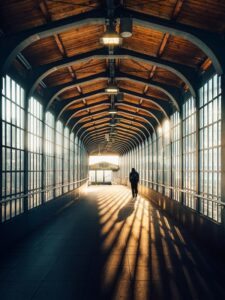
Cinematic city photography: An essential 6-step workflow
In this article, you’ll learn how to read and use light in your home city, choose the right technical settings for low-light scenes, and refine your editing workflow to shape color and atmosphere step by step. In addition, Dominik shares how to find fresh perspectives on familiar locations, five lessons that transformed his photography, and insights on the future of street photography.

Kyle van Bavel (@kylevanbavel): Photographer based in the Netherlands
Kyle van Bavel is a macro photographer with a distinctive, dreamy style that transforms the unseen details of nature into magical worlds. In this article, he shares how his unique vision, shaped by a journey of self-learning and overcoming dyslexia, has become his greatest creative strength.

Inês Preto (@minespreto): Best of the week 20 at #nomadict 2025
Inês is a nature photographer drawn to wild, remote places where weather, wildlife, and mood shape her storytelling. In this article, she shares the behind-the-scenes journey of capturing the Best of the Week image: a puffin trio on the Faroe Islands. She explains how she approached the edit of this image, and shares key lessons she’s learned through experience.
